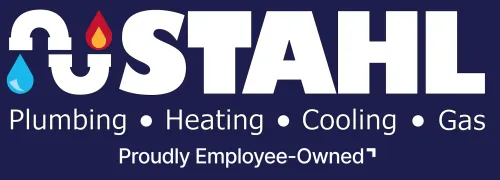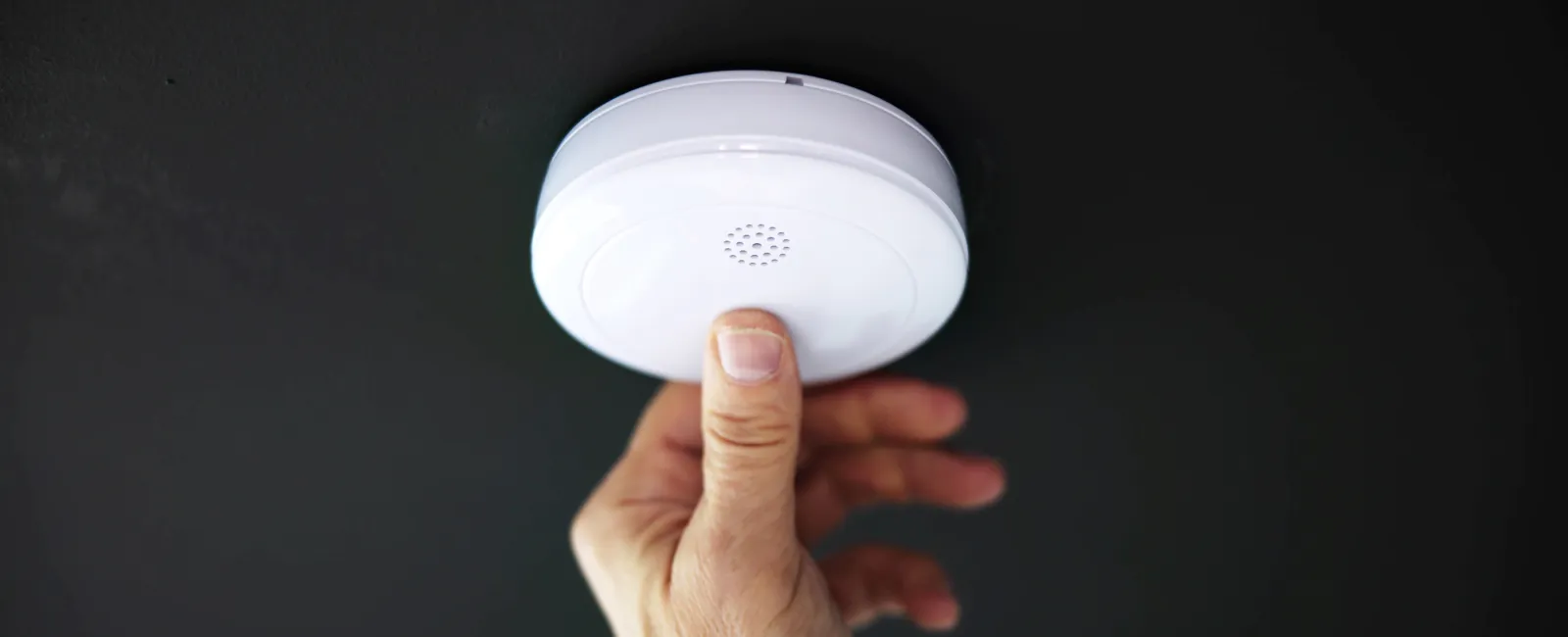It's no secret that carbon monoxide is lethal and this flammable gas can slide under your radar as it has no taste, smell, or color. As a homeowner, you should never take such risks. So, it's best to bring in a specialist for an HVAC tune-up and give your home a seasonal inspection. This ensures protection against carbon monoxide poisoning for you and your family.
You might not realize that while carbon monoxide detectors can identify a leak and prevent injuries and deaths, they cannot protect your space from the consequences of high carbon monoxide levels. The ramifications are costly even if no one is harmed because you received the warning immediately.
How to Detect Carbon Monoxide Leaks In Your HVAC
Several issues might arise with your HVAC unit that can stop it from releasing carbon monoxide into the open. A broken heat exchanger is the most frequent issue that may arise. Every time the furnace cools down and warms up, a metal component called the heat exchanger undergoes contraction and expansion.
The heat exchanger walls could eventually get cracked due to the expansion and contraction. As a result of the fractures' incomplete burning, carbon monoxide can enter your home. Even a broken HVAC vacuum pump can stop removing carbon monoxide gas, vapors, and other impurities from your home, causing poisoning.
There are numerous ways to detect carbon monoxide leaks. Here are some of the most common signs you can see:
- You could find black, brown, or even yellow stain marks that resemble soot on the furnace.
- Despite not having an odor, carbon monoxide may be present with other exhaust gases, so you get the smell of burning.
- A yellow burner flame may result from the pilot flame instead of the expected blue flame.
- There may be heavy condensation on the windows in the furnace room.
Carbon monoxide poisoning can also cause health problems like severe headaches and loss of consciousness. To prevent this from happening, consider the several early warning indicators you should actively seek if you feel a visible or odorous leak is coming from your furnace.
What Should You Do To Prevent Carbon Monoxide Leaks?
If you spot problems early, it may help avoid an expensive breakdown or even a costly repair. So, don't let your old or faulty HVAC endanger the safety of your tenants, family members, or even your staff. Here are some steps you can take to ensure safety:
- Check Your HVAC Vents for Proper Airflow
Another typical cause of carbon monoxide leakage is blocked vents or chimney flues. Your ventilation system is intended to carry dangerous gases out of your building, but it can become clogged by years of dust and debris.
One of the most important HVAC safety guidelines is regularly inspecting and cleaning vents and flues. A skilled professional will ensure your equipment is safe, clean, and operating well.
- Install Carbon Monoxide Detectors and Alarms
Suppose you have at least one fuel-burning furnace, HVAC unit, linked garage, or fireplace in your home. In such situations, the most effective precautionary measure involves placing a carbon monoxide detector on every floor of your house, encompassing the basement and garage, and situating one inside or outside each bedroom. If you already have carbon monoxide detectors, ensure the batteries are in good working order once a month.
Carbon monoxide detectors work similarly to smoke detectors. The distinction is that they detect carbon monoxide levels rather than smoke and fire. So, homeowners should upgrade their carbon monoxide detectors every five years to ensure they have the most up-to-date equipment.
- Schedule Annual HVAC Maintenance
A trusted professional's pre-season HVAC cleaning and check-up can alert you to potential problems or confirm that your system and HVAC gauges are healthy.
You should also remember to schedule frequent HVAC tune-ups to avoid furnace leaks. Annual furnace maintenance will help keep your system in good working order, preventing costly leaks and other issues. A trained HVAC engineer will inspect, clean, and test your HVAC unit during an inspection.
A normal HVAC unit can endure for 20 years or more with regular maintenance and a complete annual inspection. If you notice any weird noises or odors during the winter, it could indicate a problem that must be treated immediately to avoid total furnace failure or catastrophic injury.
When HVAC professionals such as Stahl Plumbing perform an early inspection, you can rest assured that your furnace and home will be safer. Also, a well-functioning HVAC unit will provide you with much cleaner air.
Ready to book a tune-up? Contact our team at Stahl Plumbing to assist you.

